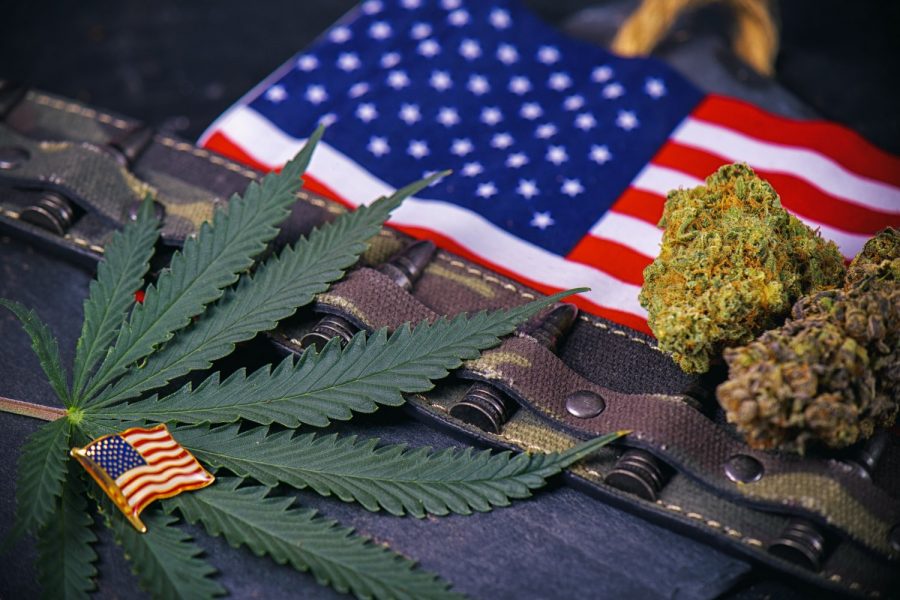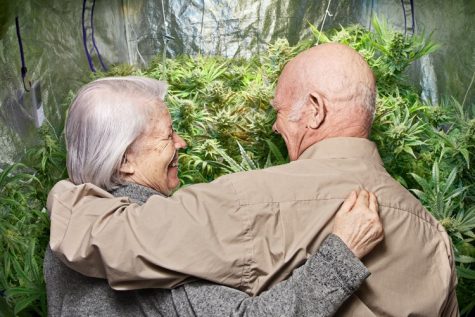Adult-use cannabis sales in the U.S. are overshadowing medical cannabis sales
The number of medical cannabis markets in the United States may far outweigh recreational programs, but industry revenue updates suggest that adult-use sales will be 30 percent more than medical this year.
According to industry experts responsible for publishing estimates in the eighth edition of the Marijuana Business Factbook, legal adult-use cannabis sales will surpass $10 billion in 2020. Medical sales, on the other hand, will yield around $5.8 billion-$7.1 billion.
Adult-use cannabis sales in the U.S. have taken the lead for two years
The disparities between the medical and adult-use cannabis markets in the U.S. are constantly evolving; valuation being the most significant factor. In 2019, medical cannabis sales were estimated to be in the range of $4 billion-$4.9 billion, while adult-use sales brought in $6.6 billion-$8.1 billion.
Recreational cannabis sales in the U.S. initially surpassed medical sales in 2018 and with each year that passes, the pattern seems to continue. It’s interesting, considering the fact that medical markets blossomed from 18 to 37 between the years 2012 and 2020, while adult-use markets increased from two to just 12.
When the coronavirus pandemic first broke out, analysts thought it would hinder market growth. However, recently published insights showed that adult-use cannabis sales have remained steady; in spite of the $600-weekly unemployment bonus being terminated on July 31. During the two weeks after benefits ended, Seattle-based data firm Headset revealed that key markets were still going strong and some even managed to hit record highs.
Obtaining adult-use cannabis in the U.S. is easier than medical
Why are so many cannabis consumers in the U.S. choosing adult-use weed over medical? One of the most influential factors is undoubtedly the ease of access that recreational retail stores provide.
Unlike medical cannabis dispensaries, which require customers to present a doctor’s recommendation – after the patient is diagnosed with a qualifying condition – upon making a purchase, adult-use stores simply require the customer to show a valid form of identification that proves they are aged 21 or older.
The price of weed also plays an important role in its accessibility for consumers. For example, a recent study showed that Ohio’s medical cannabis program is too expensive and Iowa’s two-year-old medical market is being suffocated by high costs and THC (tetrahydrocannabinol) restrictions.
In the near future, more recreational markers could flourish across the U.S., with Arizona (adult use), Mississippi (medical), Montana (adult use), New Jersey (adult use) and South Dakota (two measures for medical and adult-use) approving legalization ballot measures for the forthcoming November election.

















